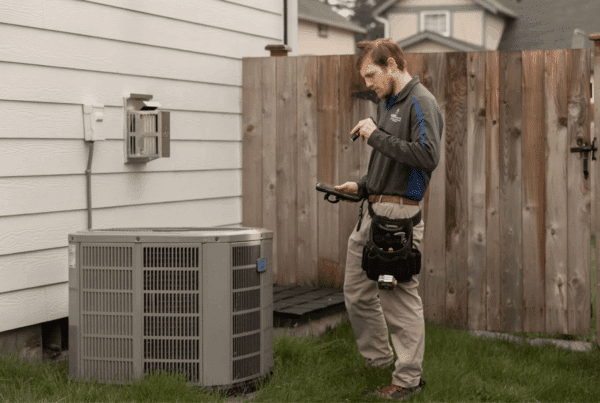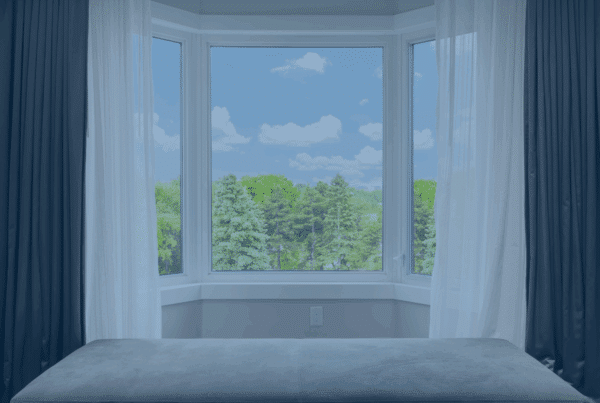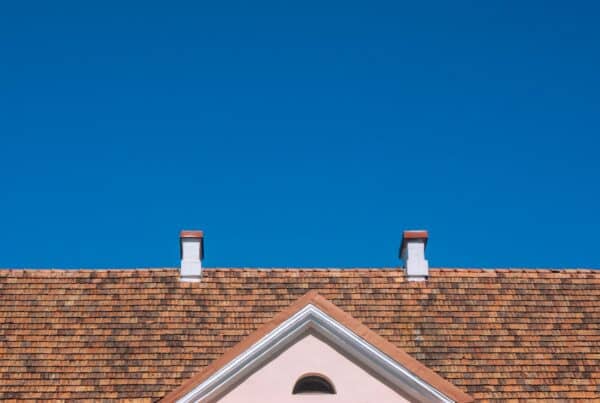
Smoke smell has a way of sticking around long after the source is gone. Whether it comes from cigarettes, burnt food, or even a house fire, that stubborn odor can seep into every corner of your home. No matter how many windows you open or candles you light, it often feels impossible to get rid of smoke smell in the house.
For homeowners, buyers, or renters, tackling this issue isn’t just about comfort. Lingering smoke odors can affect indoor air quality and even lower property value. So, what really works to get rid of smoke smell in a house? Let’s break it down.
Why Smoke Smell Sticks Around
Smoke is made up of tiny particles and gases that travel far beyond the surface. These particles settle into porous materials like carpets, furniture, drywall, and even insulation. Once there, they continue to release odor molecules into the air.
What makes this worse is that smoke can also circulate through your home’s HVAC system, spreading the smell to areas you might not expect. That’s why a simple wipe-down or air freshener won’t cut it. The odor is deeply embedded, and the solution needs to be just as thorough.

What Definitely Doesn’t Work
Let’s address some common mistakes first. Many people try to cover up smoke smell using air fresheners, scented candles, or essential oil diffusers.
While these may mask the odor temporarily, they won’t remove the smoke particles causing it.
In fact, masking the smell can make the problem worse. When odors are covered up instead of removed, they can sink deeper into fabrics and soft materials. Worse yet, the scent might return stronger after the cover-up fades.
Simply airing out the house by opening windows helps a little but won’t eliminate the smell trapped in materials. Real removal requires deeper cleaning and sometimes professional intervention.
Deep-Cleaning That Actually Works
To truly get rid of smoke smell in a house, a deep-cleaning approach is essential. Here are the steps that make a difference:
- Wash Walls and Ceilings: Start by scrubbing these surfaces with a mixture of white vinegar and water. Smoke residue clings to walls and ceilings more than you might think.
- Clean or Replace Soft Materials: Carpets, curtains, upholstery, and even mattresses absorb smoke like a sponge. Steam cleaning these items or replacing them altogether may be necessary for lasting results.
- Use Baking Soda: Sprinkle baking soda on carpets, rugs, and furniture, let it sit for a few hours, and then vacuum. Baking soda absorbs odors rather than covering them up.
- Clean HVAC Systems: Smoke particles often hide in ductwork and filters. Replacing HVAC filters and having your ducts cleaned professionally can prevent the smell from circulating.
- Wash Hard Surfaces: Don’t forget cabinets, countertops, and floors. These areas can collect smoke residue, especially if the home has experienced heavy smoking or fire damage.
Professional Tools and Techniques for Stubborn Odors
In some cases, especially with long-term smoke exposure or after a fire, DIY methods might not be enough. This is where professional services come in.
- Thermal Fogging: This process uses a heated deodorizer that penetrates the same surfaces smoke particles have. It neutralizes odors at the source.
- Ozone Treatment: Ozone generators break down odor molecules, effectively removing them from the air and surfaces. This method is often used after fires.
- HEPA Air Purifiers: High-efficiency particulate air (HEPA) filters can trap tiny smoke particles lingering in the air, improving indoor air quality.
- Repainting Walls: If cleaning doesn’t fully remove the smell, repainting with a sealant-based primer can lock in any remaining odors before applying a fresh coat of paint.
What to Do After a House Fire or Long-Term Exposure
If the smoke smell is the result of a house fire or years of smoking indoors, extra steps are needed. Beyond odor, there could be lingering toxins, soot, or structural damage that requires professional cleaning and inspection.
A post-fire cleanup may involve:
- Removing and replacing insulation
- Deep cleaning of all structural elements
- Air quality testing to ensure safety
In these cases, a thorough home inspection is a smart first step to assess the extent of damage and recommend the right remediation.
Other Recommended Maintenance
- Replace HVAC filters regularly, especially if your home has been exposed to smoke.
- Use air purifiers in high-use areas like living rooms or bedrooms.
- Schedule seasonal deep cleans for soft materials like rugs and curtains.
- Control humidity levels to prevent odors from sticking around longer.
When to Call a Professional
If you’ve tried deep cleaning and the smell still lingers, it’s time to get help. Signs that you may need a professional include:
- The odor returns quickly after cleaning.
- Smoke smell is coming from hidden areas like vents or walls.
- The home has a history of fire damage or long-term smoking.
A licensed home inspector can evaluate the extent of smoke contamination and recommend the right next steps, whether it’s professional cleaning or deeper repairs.
At Boggs Inspection Services, we help homeowners identify the hidden issues that could be causing stubborn smoke odors. Whether you’re buying, selling, or just want a fresh start in your home, our inspections can give you the information you need to take action.
Conclusion
Getting rid of smoke smell in a house takes more than surface cleaning or air fresheners. To truly remove it, you need to tackle the odor at its source, whether that’s embedded in carpets, walls, or your HVAC system.
For serious cases, professional tools and inspections make all the difference. Don’t let lingering smoke odors impact your home’s air quality or value. Reach out to Boggs Inspection Services today to schedule a professional evaluation and take the first step toward a cleaner, fresher home.



